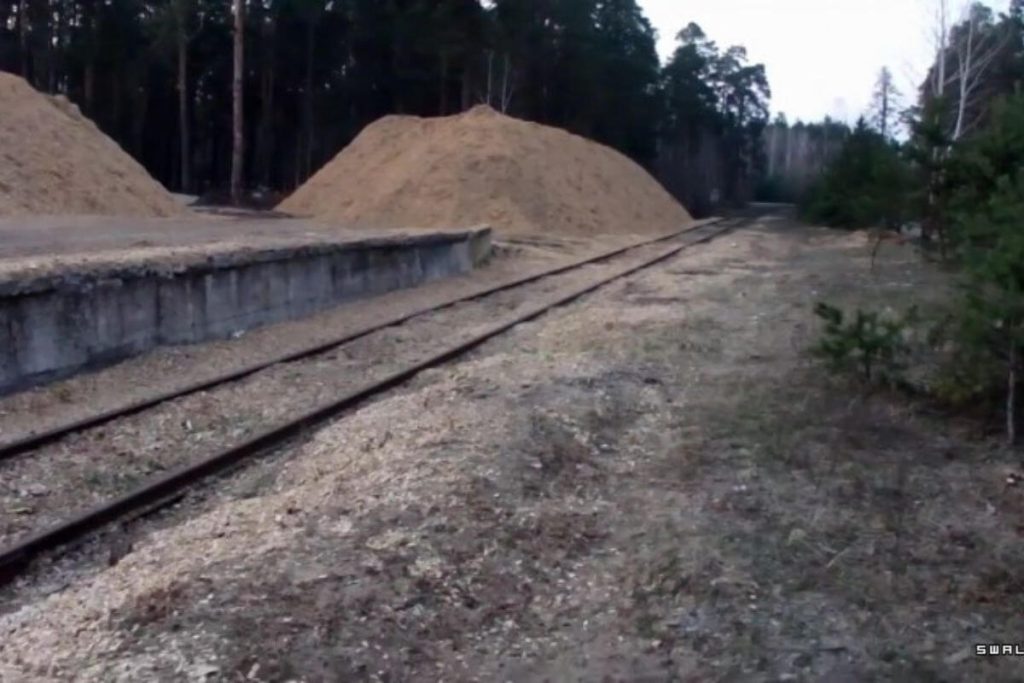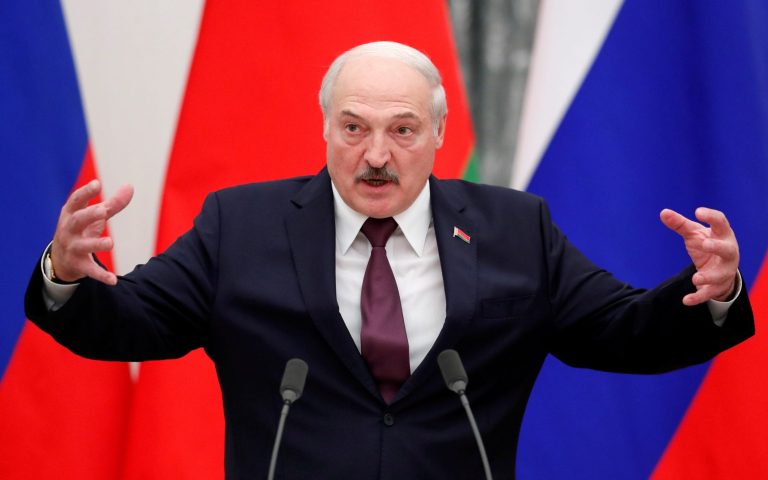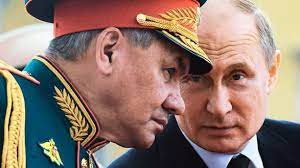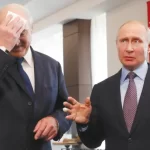Moscow projects signals of readiness to deploy nuclear weapons in Belarus. When Lukashenko talked to Putin in St. Petersburg most recently, he expressed his willingness to upgrade Belarusian Su-25 (Frogfoot) aircraft to carry nuclear weapons. On the one hand, that speaks of the plans to introduce tactical nuclear weapons into the country.
With Russian SS-26 Stone systems placed in Belarus, Russia possibly gets ready to deploy its nuclear missile this systems there.
In April 2022, Russia’s Defense Ministry sent the 12th Directorate of Nuclear Engineering and Security people to Belarus to evaluate the real state and possibility to restore the nuclear facilities that functioned in Soviet times.
Those people have been working at the former 1314th nuclear maintenance facility (Machulishchi district, Minsk region), and unit No. 324 “C” (Gomel district) for more than a month. This unit does not function currently and requires significant infrastructure work.



There is an operating airfield of Military Unit 06752 near Machulischi, which indirectly confirms the scenario of air-based nuclear weapons placed there. But currently, the airfield is not ready to function either (only helicopters expluatation). That means it is not possible to place nuclear weapons in Machulishchi in coming months.

Minsk insists on joint control of those weapons, as Lukashenko believes that will add to his geopolitical weight and possibly end his isolation. But Russia is not going to transfer control over nuclear weapons to Lukashenko. That way, Moscow risks losing full control over Minsk, with Lukashenko encouraged to keep on playing his own game. Lukashenko is not satisfied with Moscow’s unilateral control over nuclear weapons in Belarus, as it makes him a hostage to Russia’s nuclear blackmail and a target for strike if Moscow escalates the conflict with the West. We doubt Lukashenko is loyal to the Kremlin leaders and believe he is ready to negotiate with the West, security guarantees provided.
Feedback by Putin on Lukashenko’s proposal showed the issue had been discussed before and Putin wanted it to be heard. It is likely, therefore, that Russia initially planned to use this issue to put pressure on the West and get trump cards for further negotiations, in a similar way to the Caribbean crisis.
Exercises simulating emergency evacuation of Russia’s military and political leaders to shelters in the east of the country point to preparations for a nuclear war that Russia actively demonstrates. There are doubts, however, all Russian nuclear weapons are ready for combat use.
New amendments to the Belarusian constitution that came into force in March 2022, canceled the country’s non-nuclear status. Those amendments were most likely initiated by Minsk. The Kremlin is probably eager to have the opportunity to blackmail Eastern Europe with tactical nuclear weapons, as Russia is free to launch silo- and submarine-based intercontinental ballistic missiles, with its propaganda TV showing flight time calculation for the missiles to reach the main European capitals since the start of the year.
The Kremlin practically repeats the adventure of the Caribbean crisis when Moscow sought to place ballistic missiles as close to the U.S. as possible. With nuclear weapons placed in Belarus, Moscow also threatens Poland, Lithuania, and Kyiv.
Shoigu’s latest statements on strengthening the joint air defense system by two countries, with SA-10 Grumble air defense systems transferred to Belarus, provide a cover for nuclear-armed Iskander launchers in this country.
Possible movement and deployment of nuclear weapons in Belarus are contrary to the Non-Proliferation Treaty. That Treaty was approved by the UN General Assembly on June 12, 1968 and opened for signature on July 1, 1968 in Moscow, Washington and London. Russia, as the legal successor to the Soviet Union, is a party to that Treaty. Hypothetical placement of Russian nuclear weapons in Belarus already violates the treaty, therefore.






